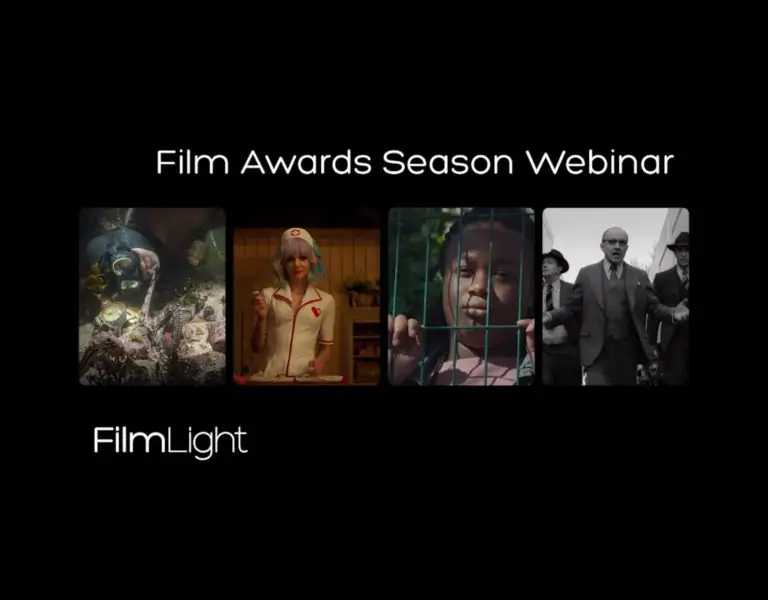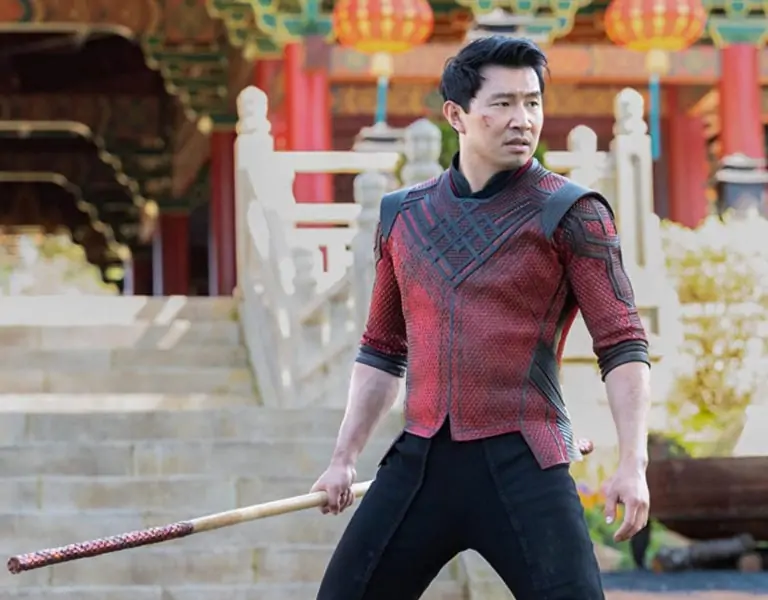Kick-ass collaborations
Matt Jensen ASC / Wonder Woman
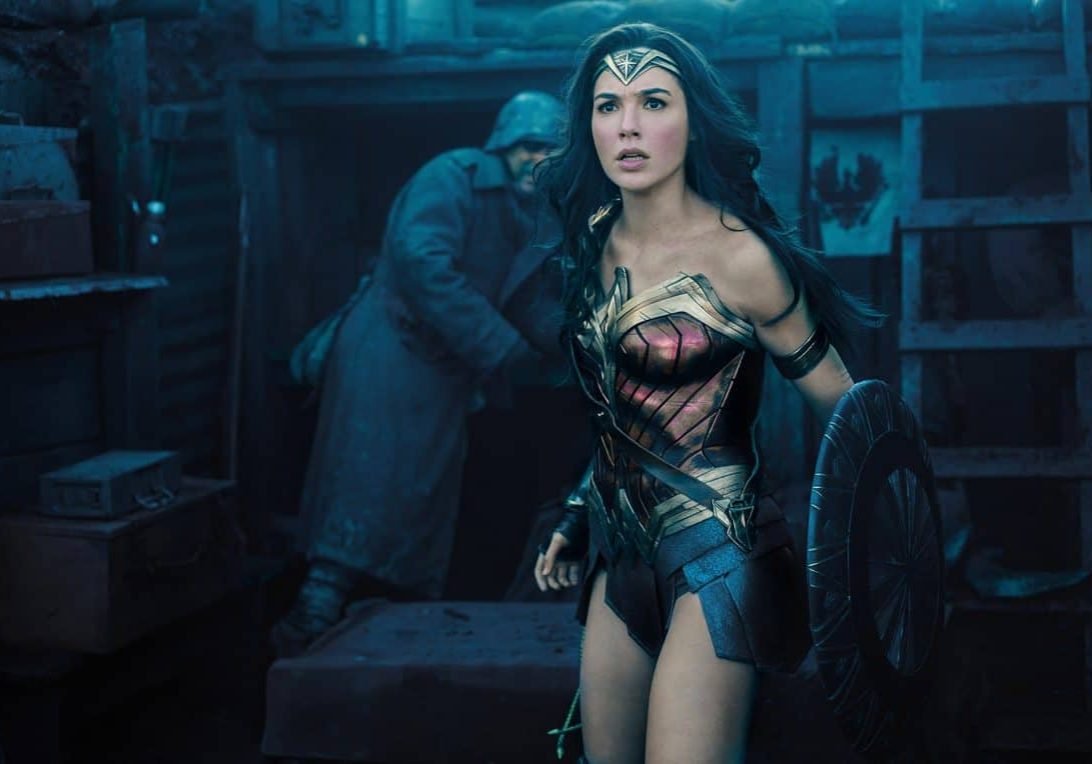
Kick-ass collaborations
Matt Jensen ASC / Wonder Woman
BY: David Wood
Think of DC Comics' character Wonder Woman and most people would picture Lynda Carter's iconic 1970s TV portrayal of the proto-feminist heroine. But Warner Bros. and director Patty Jenkins seem to have changed all that with the character's first starring role in a feature film.
Released in June, it's fair to say that Wonder Woman was one of the most eagerly-anticipated superhero movies of recent years, and it didn’t disappoint at the box office, landing the top US domestic debut of all time for a female director during its opening weekend, taking $103m.
The story has taken over twenty years to reach the big screen, with creative differences stymieing previous attempts by producer Joel Silver and then writer and director Joss Whedon.
The film is notable in other ways. It makes Jenkins only the second woman in Hollywood history to have directed a movie with a budget north of $100m – Kathryn Bigelow was the first with 2002's K-19: The Widowmaker.
Jenkins' immediate first choice to shoot Wonder Woman was cinematographer Matt Jensen ASC, whose credits include True Blood, Chronicle, Fantastic Four and Game Of Thrones, and whom she met after liking the look of Filth, an adaptation of the Irvine Welsh story which Jensen shot in 2012.
Jensen recalls: “I was incredibly excited about being offered the chance to do the origins story of Wonder Woman for the first time: it's an honour on a par with Richard Donner's Superman or Christopher Nolan's Batman Begins. But initially I couldn't do it because my wife was about to have our first baby. Then the movie pushed and we decided we should go for it. So I jumped on board and moved from LA to London for eight months with my wife, baby daughter and the family dog.”
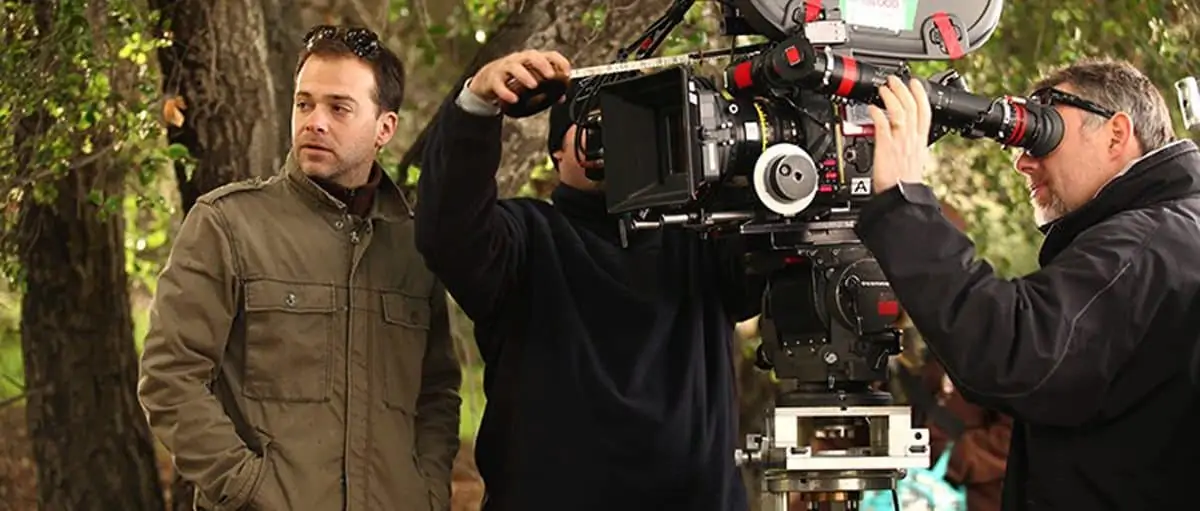
Principle photography began at Warner Bros. Leavesden Studios and around London in November 2015.
“It was freezing,” recollects Jensen, which was particularly tough on Israeli actor Gal Gadot, who played the title role.
“Gal was working in what was essentially a bathing suit, so we were very concerned about her health and stamina – although she turned out to be amazing and so positive.”
Her two-year stint in the Israeli military clearly stood her in good stead for the role.
“But the biggest pressure was making sure that we did the story of Wonder Woman justice,” says Jensen. “We had to get it right, from the look of the costume to her superhero abilities, and how we achieved that from a VFX or stunt perspective.”
"Throughout, Patty was a great leader and was so firmly committed to the movie, that she didn't wilt under the pressure. It made it a better movie as a result... which is rare for me to say!"
- Matthew Jensen ASC
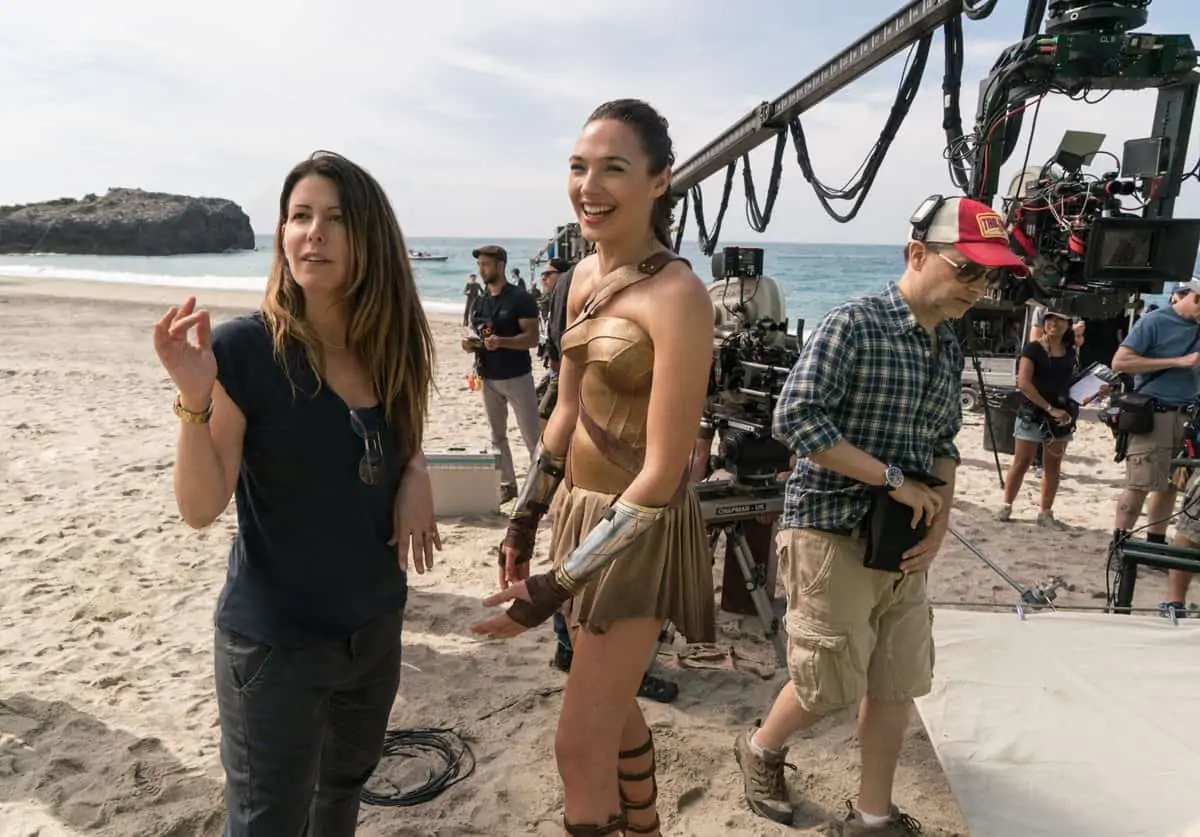
The script sees the film's central character – Amazonian Princess Diana – leave her homeland and enter the fray of World War I in Europe. “This meant transplanting a superhero into a period movie, which was a challenge in terms of finding the right aesthetic, from the colour design to the production design. We wanted it to be modern-looking, not period in terms of the lensing, although it would have period clothes and sets,” Jensen says.
“Often with period photography you go back to Godfather II – blown out windows or diffused light with de-saturated colour and a warm patina. Patty didn't want that. For me, it was about figuring out what she called 'modern use of colour' meant, when the wardrobe and production design did not offer a lot of vibrant colour because of the period.”
He continues: “We took the paintings of John Singer Sargent as a reference. The modern approach was to have not a lot of backlight, lots of blacks in the background whilst trying to keep flesh tones looking good. And when you do see colour in the frame it was pretty vibrant. I tried to emulate northern studio light, particularly with the European studio sequences. For instance, when they are walking around in London there is a heavy cyan feeling to the images but it's mainly in the shadows. Flesh tones still have good colour and you still see the vibrancy in sequences with red double-decker buses.
“Trying to make the shadows cooler and highlights warmer was the general rule. There were several different environments with different LUTs for the no man’s land trenches. Princess Diana's homeland was filmed in Italy with daylight stock and 50ASA – with much more vibrancy, colour saturation... and sun!”
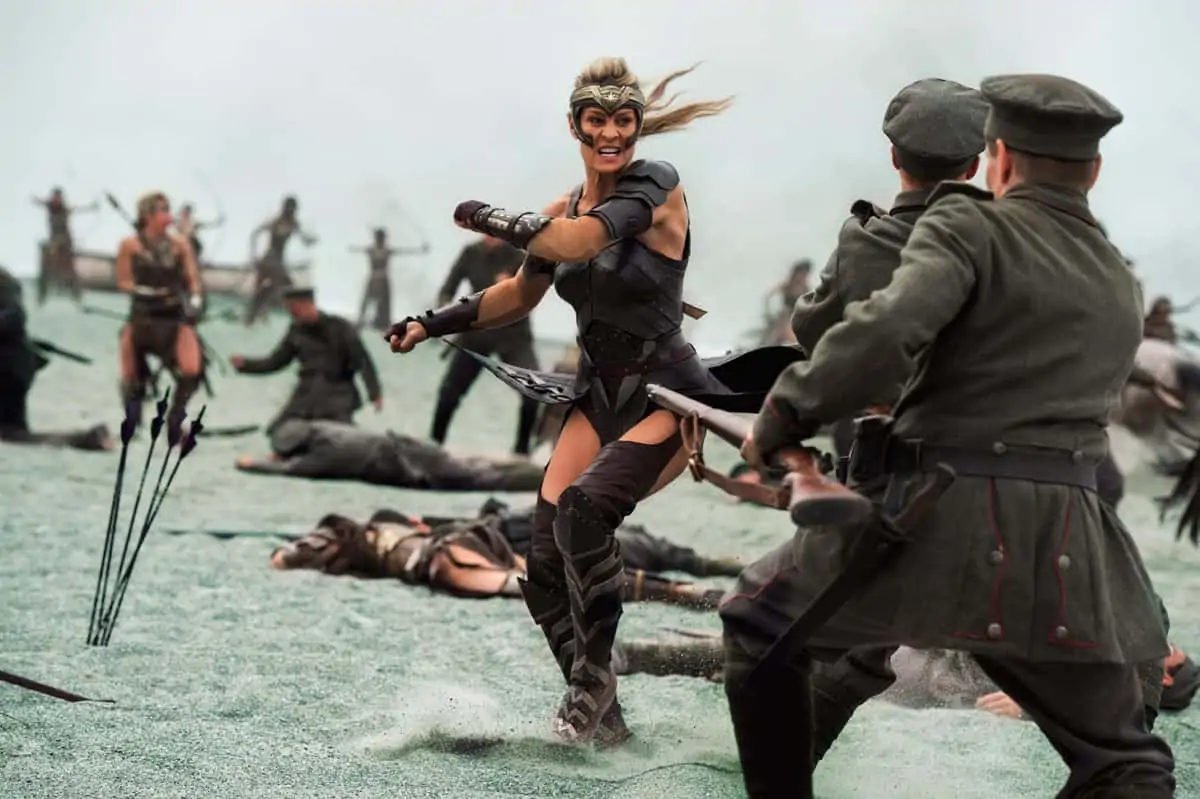
Wonder Woman was shot mainly on Panavision Millennium cameras and Primo lenses using 35mm film stock, with some slo-mo done digitally on the Phantom at 500fps and drone sequences using Alexa Mini. Colour timing, film scanning, colour grade and final DI were done by Company 3, with i-Dailies looking after neg development.
One big bonus for Jensen was being able to use his Game of Thrones A-camera crew – Ben Wilson as camera operator and Sam Barnes as focus puller.
He certainly needed all their adaptability to cope with a constantly changing script during shooting. “It's the way of the world with these high profile films,” says Jensen.
“Once we started shooting I can't say I had a great handle on the entire movie – a lot of things were up in the air. But it did mean that the action sequences got more focussed. Instead of mayhem they became more grounded in their relevance to what Diana was experiencing, which helped us streamline the action and get from point-A to point-B faster.”
“Throughout, Patty was a great leader and was so firmly committed to the movie, that she didn't wilt under the pressure. It made it a better movie as a result... which is rare for me to say!”
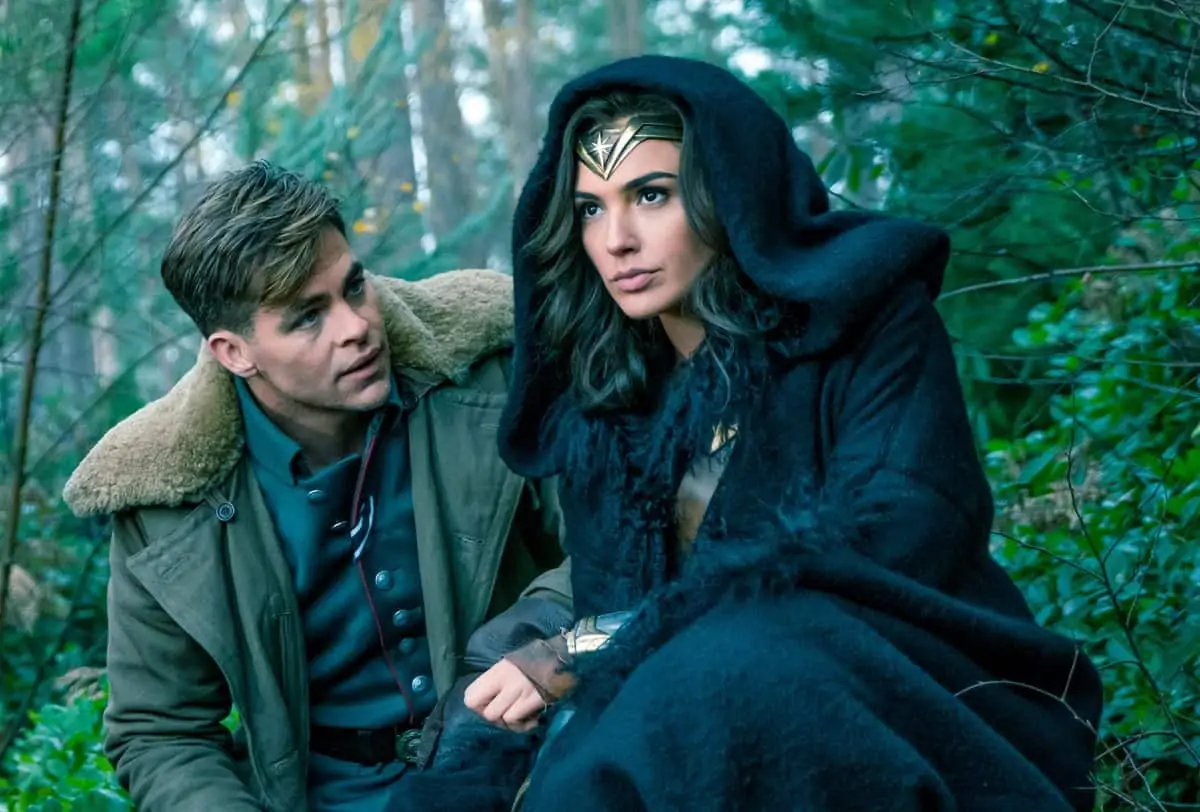
Back in his native LA, Jensen is taking a break from big budget blockbusters, intending to focus on commercials and smaller movies whilst making up for lost time with his daughter.
“I never thought I would be in this position, doing movies this big. I got on a roll because of True Blood, Game Of Thrones, Chronicle and Fantastic Four. But I have been in this sci-fi fantasy cycle for a while now. And while it's been great and I've learned a lot, I don't want to be cast as the guy who only shoots superhero films.
“Having said that, the great thing about Wonder Woman is that I believe in the message. I am proud of it and, when my daughter is old enough to see the movie, I will be proud to have been a part of it.”

